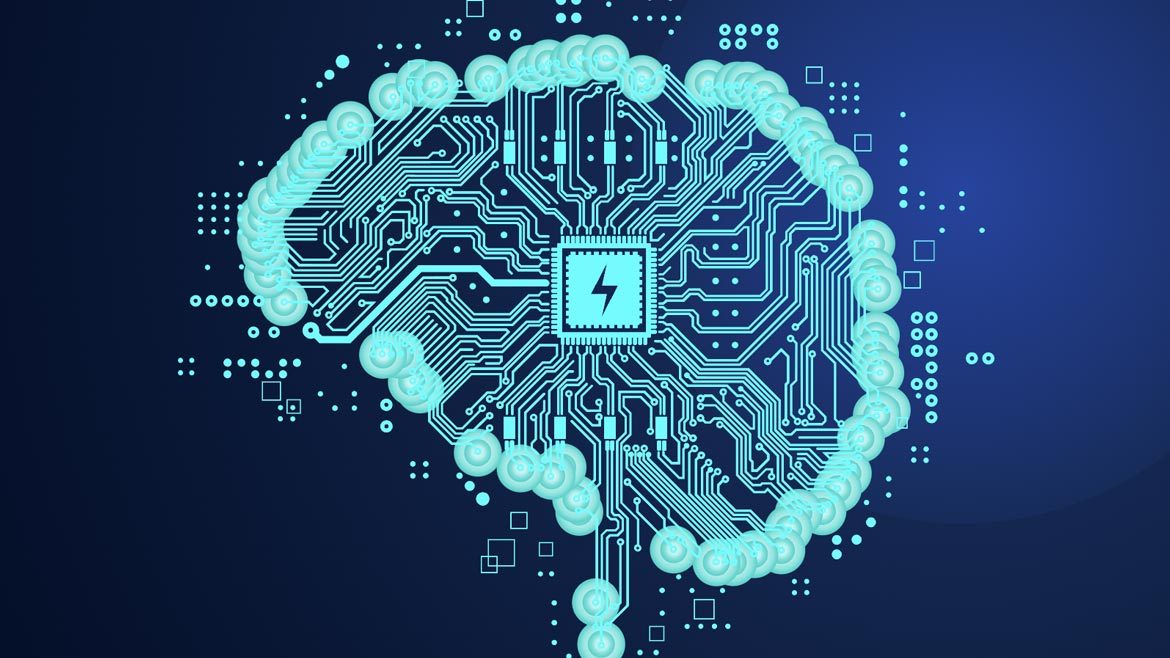Mitigating the hidden risks of AI in security and SOCs

Fotis Fotopoulos via Unsplash
AI is transforming both Security Operations Centers (SOCs) and security as a whole. Yet with new opportunities come new risks. One of the biggest challenges in security today is how to manage AI’s inherent unpredictability, especially for complex tasks. In this article, we’ll take a closer look at the specific hurdles of using AI in security (specifically in your SOC), and how a modular, focused approach can mitigate these risks.
The challenge of AI hallucinations in security
It’s no secret that AI models do not always get things right. Sometimes, they generate false or misleading information known as hallucinations. In everyday settings, this might result in an AI chatbot giving a wrong historical fact or a navigation app suggesting a nonexistent road. While inconvenient, these mistakes are usually harmless.
In security operations, the consequences of AI hallucinations are far more serious. A security analyst might ask an AI model to summarize an incident, only to receive an inaccurate or completely fabricated report. If teams rely on this faulty information, they could waste time chasing non-existent threats or, worse, fail to respond to actual ones.
Studies show that AI hallucination rates can be significant, and the risk increases as tasks become more complex. A model might correctly classify simple security logs but struggle when analyzing more nuanced threats. This makes AI unreliable for advanced detection, investigation, and response workflows. What’s more, AI hallucinations can be difficult to spot. Unlike a human analyst who might show hesitation when unsure, AI confidently presents false outputs as fact. Less experienced analysts may not have the experience to recognize these errors, which can lead to poor decision-making.
AI errors can also create broader trust issues, slowing the rollout of potentially game-changing AI-powered security tools. If security teams frequently encounter misleading or incorrect AI-driven insights, they will start to question whether the technology is helping or hurting. When trust in AI declines, teams may revert to slower, manual processes, negating the efficiency benefits AI was meant to provide.
AI has clear benefits, but in security, even small mistakes can have major consequences. Instead of treating AI as a fully autonomous tool, organizations need a controlled, structured approach to ensure accuracy and reliability.
The unique challenges of using AI in your SOC
Integrating AI into an SOC presents challenges beyond general cybersecurity concerns. These environments operate in high-stakes conditions where real-time accuracy is critical. Unlike other areas of security where AI can assist with broad threat intelligence or user behavior analytics, SOC workflows require precise, context-aware decision-making. AI struggles when applied to complex investigations, where subtle threat indicators must be correlated across multiple data sources. If it misinterprets these signals, it can generate false positives or, worse, overlook genuine threats.
Another challenge is that SOC teams rely on rapid response. Analysts often work under pressure, and AI-driven insights must be both accurate and actionable. If AI injects uncertainty or produces misleading outputs, it slows response times and creates operational friction. In a time of crisis, analysts could waste valuable minutes verifying questionable AI findings instead of addressing urgent threats.
AI also needs to interact with an SOC’s existing security stack, which introduces significant integration challenges. Many teams use a mix of rule-based detection, machine learning models, and human-driven analysis. Ensuring that AI enhances these systems rather than disrupting them requires careful tuning, validation, and oversight. Without this balance, AI can add noise rather than clarity, making security teams less efficient rather than more effective.
A controlled approach: Using AI as an enabler
AI can be incredibly useful in security operations, but only when applied carefully. Through research and real-world testing, we’ve found that AI is most effective when used in a controlled, modular way. Instead of handing full tasks over to AI, it’s safer to break them into smaller, well-defined steps. This minimizes errors while preserving efficiency.
For example, AI can assist in log normalization by identifying log types, but final categorization should rely on rule-based methods. This prevents AI from making unpredictable decisions that could compromise accuracy. Similarly, cross-model comparisons and focused prompting help reduce hallucinations by ensuring AI outputs align with established security logic.
AI works best when it enhances, rather than replaces, existing security processes. Tasks that require absolute accuracy, such as incident correlation, should not be left to AI alone. Instead, AI should handle repetitive, low-risk elements while human analysts oversee critical decisions.
This controlled approach allows teams to benefit from AI’s speed without falling victim to its flaws. By using AI selectively and verifying its outputs, organizations can ensure that automation remains an asset rather than a source of new risks.
The bottom line
AI is reshaping security operations, offering the ability to process vast amounts of data at unprecedented speeds. However, its inherent unpredictability can pose serious risks. Hallucinations, inaccurate outputs and over-reliance can undermine security efforts rather than enhance them.
A smarter way forward is to use AI as a targeted enabler rather than a replacement for human expertise. By applying AI to specific, well-defined tasks (such as log normalization, anomaly detection or data correlation) organizations can leverage AI’s strengths without exposing themselves to undue risk. Even so, AI’s outputs should always be validated through structured workflows, ensuring that automation serves as a safeguard rather than a liability.
Ultimately, the success of any tool (AI-powered tools included) depends on the success of implementation. A modular, controlled approach that blends efficiency with human judgment ensures that teams can work smarter and faster — without sacrificing accuracy. By maintaining oversight, refining AI applications, and continuously validating results, organizations can harness AI’s full potential while keeping risks firmly in check.
Looking for a reprint of this article?
From high-res PDFs to custom plaques, order your copy today!






